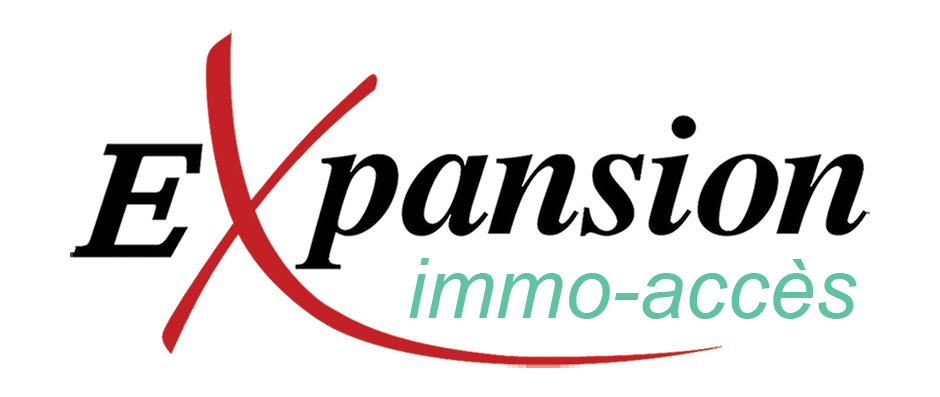Homeownership Rate Increases in Québec but Remains
Statistics Canada recently released the results of the 2011 National Household Survey, which
includes information about the homeownership rate. This rate measures the proportion of
homeowner households among total private households. In this document, we will examine
its evolution in Québec from 1971 to 2011. This evolution is consistent with that of the main
determinants of homeownership.
Québecâs Homeownership Rate is Rising but Remains the Lowest in Canada
Like the inhabitants in most
of Canadaâs other provinces, a growing proportion of Quebecers became homeowners between 1971 and
2011. The number of households in Québec who rented their dwelling grew from 840,000 in 1971 to more
than 1.3 million in 2011, an increase of 55 per cent, while the number of households who owned their
dwelling increased from 760,000 in 1971 to nearly 2.1 million in 2011, an increase of 173 per cent.
Thus, the homeownership rate in Québec has been steadily rising since the early 1970s, growing from
47.4 per cent in 1971 to 61.2 per cent in 2011.
This represents an increase of almost 14 percentage points, the largest increase among Canadaâs ten
provinces As a result of this large increase in the number of homeowners, the gap between the
homeownership rate in Canada and that in Québec has decreased significantly from approximately 13
percentage points to less than 8 percentage points (see chart 1). Despite this, Québecâs
homeownership rate remains the lowest among the ten Canadian provinces:while all of the other
provinces registered a homeownership rate of at least 70 per cent in 2011, the share of homeowners
in Québec was only 61.2 per cent.
Finally, while the homeownership rate has been constantly evolving in both Québec and
Canada since the early 1970s, some intercensal periods were marked by more pronounced
increases. In Québec, the largest increase in the homeownership rate took place during the two
intercensal periods covering the 1970s, increasing by 3 percentage points between 1971 and
1976 and by 2.9 percentage points between 1976 and 1981. In Canada, the homeownership
rate experienced its largest increase in the late 1990s and in the first half of the 2000s, with an
increase of 2.2 percentage points between 1996 and 2001 and an increase of 2.6 percentage
points between 2001 and 2006. Note that Québec also experienced a particularly rapid
increase in homeownership rate between 2001 and 2006, growing by 2.2 percentage points.
In the most recent intercensal period, meaning between 2006 and 2011, the homeownership
rate registered a more moderate increase in Canada and Québec, at 0.5 and 1.1 percentage
points, respectively.
Homeownership Rate in the Provinceâs Census Metropolitan Areas in 2011
Among Québecâs six Census Metropolitan Areas (CMAs), Gatineau registered the highest
homeownership rate in 2011, as 68 per cent of households owned their dwelling. Gatineau
was also the only CMA in the province, along with the Saguenay CMA (64.1 per cent), to
register a homeownership rate that was higher than the provincial average of 61.2 per cent. In
contrast, the Sherbrooke CMA registered the provinceâs lowest homeownership rate in 2011,
with only 54.9 per cent of households owning their dwelling. This was followed closely by the
Montréal CMA which posted a similar rate of 55 per cent.
Finally, note that the homeownership rate for all of the provinceâs CMAs combined was 56.8
per cent in 2011, which is lower than the homeownership rate for the province as a whole. This
confirms that urban areas usually have a lower homeownership rate than rural areas, which
is also the case in the rest of Canada.
The Main Determinants of Homeownership
To understand the evolution of the homeownership rate as well as differences across
the provinces, it is important to identify the main fundamental factors of homeownership.
There are four main socio-demographic factors that have an impact on the evolution of the
homeownership rate1.
First, the homeownership rate is directly influenced by household income. Of course,
households with a higher disposable income are more able to save for a down payment
and bear the subsequent shelter costs that are generally higher for owners than for renters.
Between 1976 and 2011, the median income after taxes2 rose sharply in Québec and Canada
with respective increases of 16 and 26 per cent. This rise in real household income therefore
seems to have been a contributing factor to the increased homeownership rate.
Second, the decision to become a homeowner depends on a comparison between the shelter
costs of being an owner3 and the shelter costs of being a renter4. This decision that households
face can therefore be measured by the ratio between the cost of owning a property and the
cost of renting a property. The higher the ratio, the more incentive households have to remain
renters; conversely, the smaller the ratio, the more incentive they have to become owners.
The ratio between the average monthly shelter costs for households who owned their dwelling
and those who rented their dwelling was approximately 137 per cent in 2011 in Québec,
but was lower (133 per cent) in the rest of Canada5, which helps to explain Québecâs lower
homeownership rate. Note that this high ratio in Québec, despite lower property prices that
directly influence homeownersâ shelter costs, is mainly due to the fact that changes in rent
are controlled by the Régie du logement, which limits rent increases. When making a decision
about homeownership, Québec households, with all other things being equal, have a greater
incentive to remain tenants because of the relatively low price of rents in the province.
The decision to become a homeowner also depends heavily on borrowing conditions, since in
the vast majority of cases the purchase of a home requires the use of mortgage financing. Low
mortgage rates in Canada in the past decades6 have helped to significantly reduce borrowing
constraints that weigh on Canadian households and thereby promote homeownership.
Homeownership was also facilitated by the implementation of various government programs.
For example, the Canada Mortgage and Housing Corporationâs mortgage loan insurance
program allowed a greater proportion of Canadians to access mortgage financing thanks to
the reduced requirements associated with the initial down payment. Similarly, the adoption
of tax measures aimed at encouraging homeownership (such as the Home Buyersâ Plan in
February 1992) also helped to increase the homeownership rate across Canada. Because
borrowing conditions are the same across the country, they do not explain the difference in
homeownership rates among the different provinces or regions. However, they can explain
Canadaâs increase in homeownership rate over the past decades.
Finally, the homeownership rate is influenced by demographic factors. More specifically, the
aging of the population, which has characterized our societyâs demographic change over the
past forty years, is a factor that contributed to the increase in homeownership rate in Canada
and particularly in Québec.
For several reasons relating specifically to household wealth, the
homeownership rate is normally lower among younger households than older households.
In 2011, 46.9 per cent of individuals aged under 35 years owned their dwelling in Canada,
while this proportion was higher than 70 per cent for each age group over 45 years.
With a
median age that increased from 25.6 years to 41.5 years between 1971 and 2012 in Québec,
and from 26.2 years to 40 years in the same period in Canada, the aging of the population
led almost automatically to an increase in the homeownership rate. Note that Québec was
particularly affected by an aging of its population, which partly explains the reduced gap with
the homeownership rate in Canada.
Conclusion
The homeownership rate has risen sharply in Québec and Canada in the past thirty years.
This trend is consistent with the evolution of the main determinants of homeownership, which
have all favoured a relative increase in the number of homeowners in Canada and Québec.
However, despite Québecâs faster increase in homeownership rate as compared to the rest
of Canada, this rate remains much lower than those observed in Canadaâs other provinces.
Again, this is consistent with the differences in certain determinants of homeownership for
Québec and the rest of Canada.


